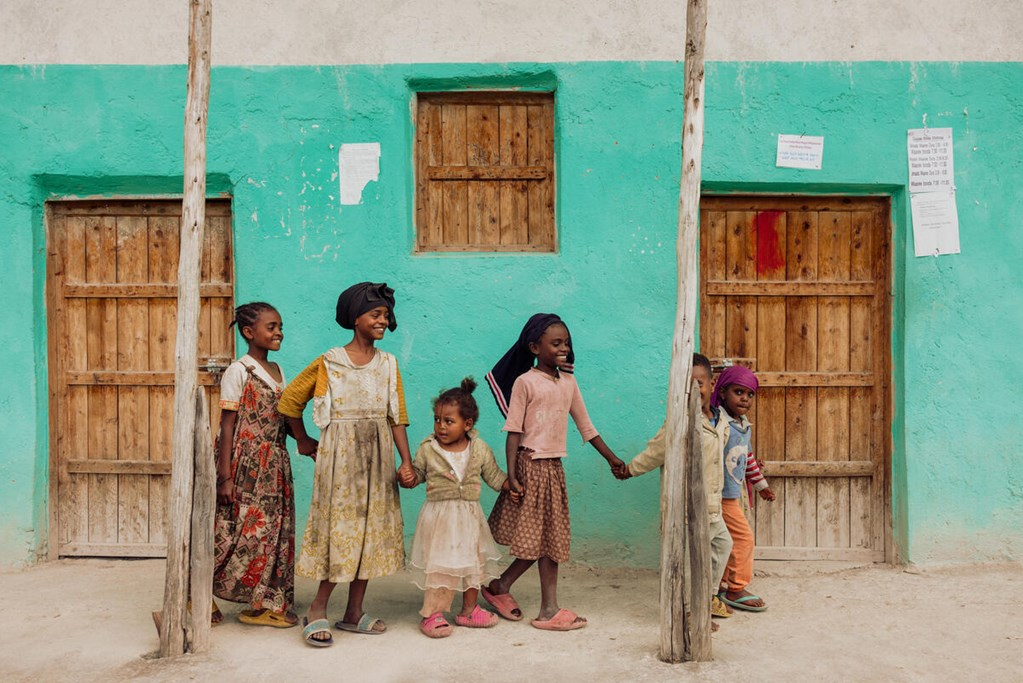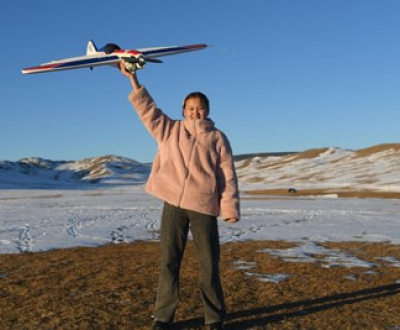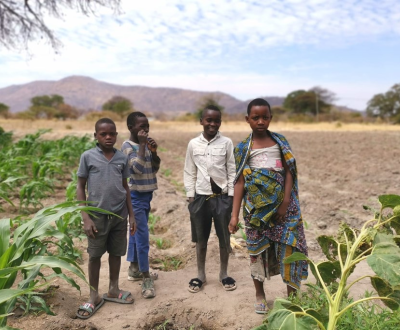I have the privilege of spending time with some of the most passionate humanitarians working in some of the most difficult situations. What I hear from them are moving stories of hope and resilience, but also of the obstacles they must face to reach the most vulnerable.
However, with the 24-hour news cycle the media doesn’t always report on these situations so not everyone is aware of how millions of people around the world are currently facing extreme hunger.
Here are just a few of those stories and thoughts from experts in the field:
1. The heart-rending generosity of the vulnerable
What would you expect to happen when desperately needed food assistance arrives in some of the hungriest communities on earth?
Scuffles breaking out in a heaving queue? A riot, even? Far from it. Time and time again, humanitarians share moving stories of the startling generosity they have witnessed at food distributions.
Joseph Kamara, World Vision’s director of humanitarian emergency affairs in East Africa, says it has brought him to tears.
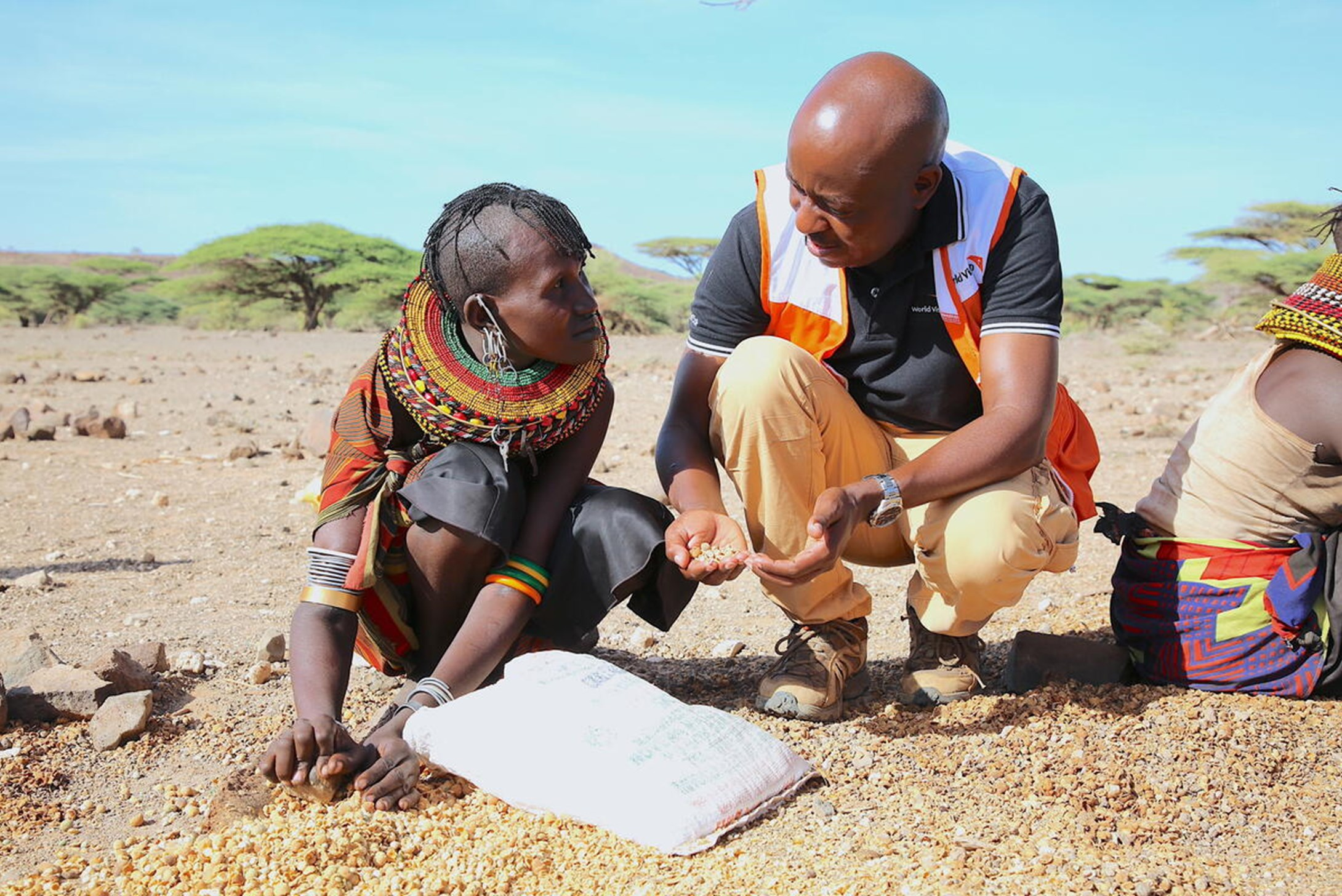
“I’ve seen this so many times. You give food to a family, and then they go and share it within their community. They say: ‘As long as we share, we don't eat alone.’ Even in times of adversity, they still care for each other, still show up and have this abundance of generosity.”
On a visit to a drought-ravaged town in Kenya, Dr Kamara describes how the hosts prepared a delicious goat meal to honour their group. He was shocked to find out as they were leaving that it was their last one.
“There is this incredible generosity and a need to take care of visitors in these communities. The humanness, the generosity . . . in times of adversity, it grows.”
2. The world needs to get ANGRY before this crisis can be solved
Every day, more than 10,000 children die simply because they can’t get enough nutritious food.
It is the worst form of human suffering. When hunger becomes extreme, children suffer a slow, painful death from infections that ravage their weakened little bodies. The number of people on the brink of starvation has nearly doubled from 135 million in 2019, to a record 258 million in 2022.
So why isn’t the world angrier? That’s the question World Vision’s Global Hunger Response director, Mary Njeri, wants to know: "until the world gets angry about this, children will keep dying," she says.
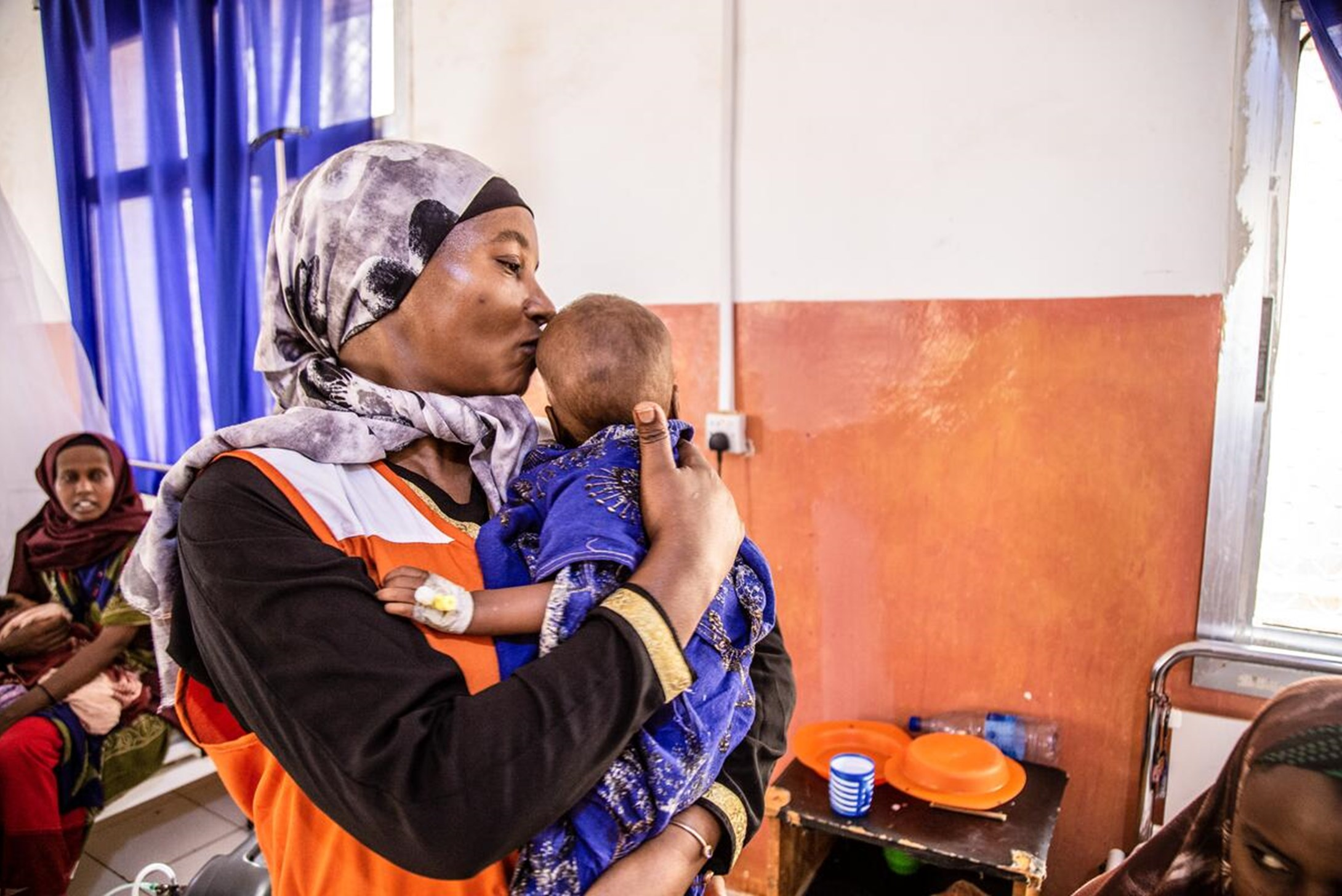
One of the confronting scenes she will never forget was seeing twin babies writhing in pain in the intensive care unit of a Somali hospital.
"Normally, an 8-month-old can sit up on their own and crawl. But they were so thin and weak, so fragile, you were afraid to cuddle them. No mother should be sitting by the bedside feeling helpless at the thought of losing their child to the entirely preventable condition of malnutrition."
Raising the necessary funds to help the millions on the brink of famine has been challenging in the face of other crises and wars around the world. Despite an estimated US$39–50 billion annual price tag to avoid the deaths of 3.7 million children under 5 and prevent stunting in 65 million children, only US$3.9 billion has been committed since 2015.
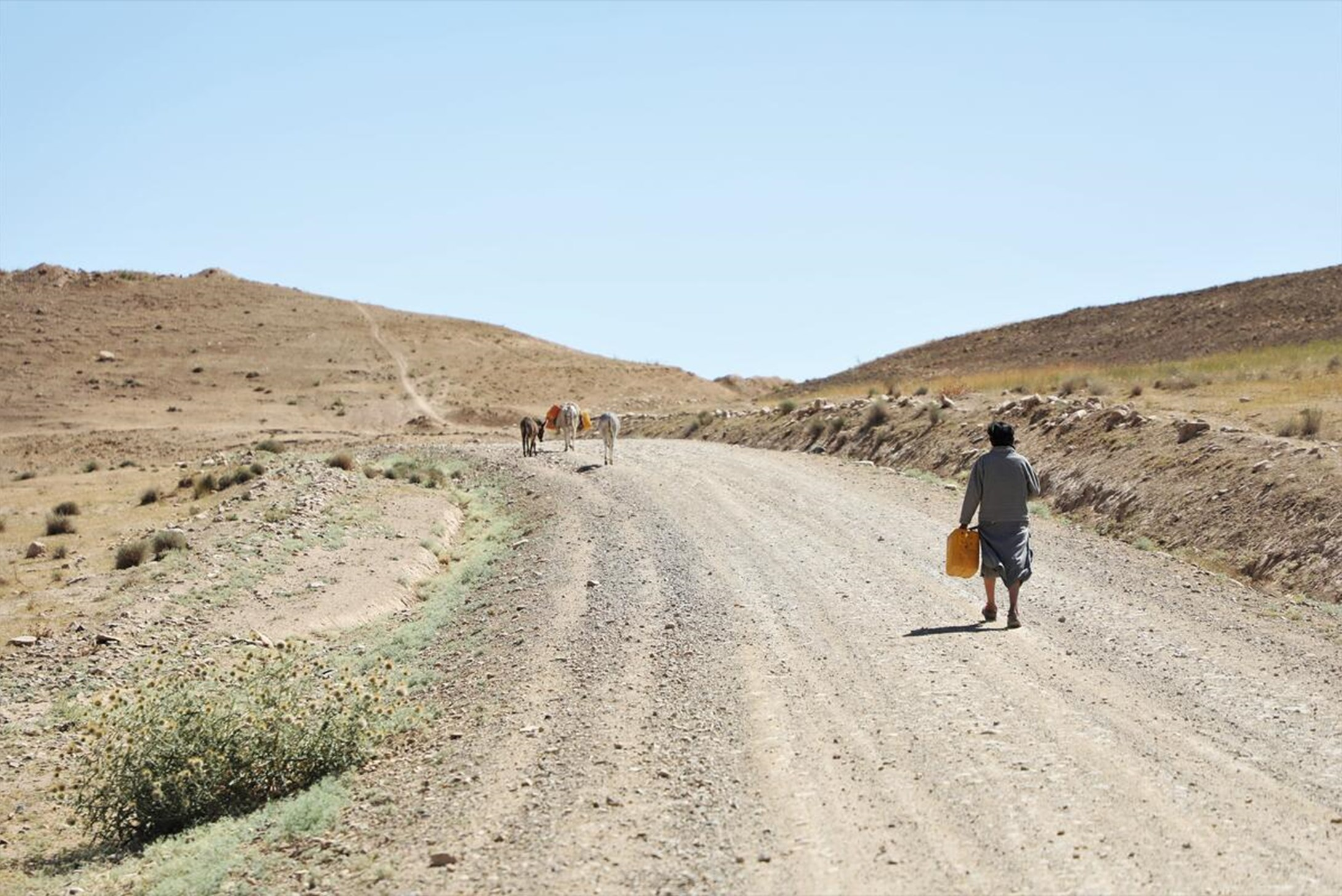
3. Child labour and child marriage are linked to food insecurity
A hunger crisis does not just attack children’s bodies. It threatens their safety as families are forced to make devastating decisions to survive.
A lack of food leads to hunger, which sparks an increase in child marriage as parents become desperate for income.
Hunger also causes a spike in teen pregnancies, as girls will often go with men in exchange for food or money. Hunger forces children to beg on the street, exposing them to terrible danger. Hunger takes children out of school and funnels them into child labour.
4. Hunger is not caused by ‘a lack of effort’
Rather, a devastating mix of climate change, conflict, and the lingering socioeconomic impacts of COVID-19 has conspired against the world’s most vulnerable, eroding livelihoods and making it harder than ever to put food on the table.
“How can you make an income from land so parched it cannot even sow, let alone grow, crops? This is land that has been dried out by year after year of drought, or rendered useless by floods.”
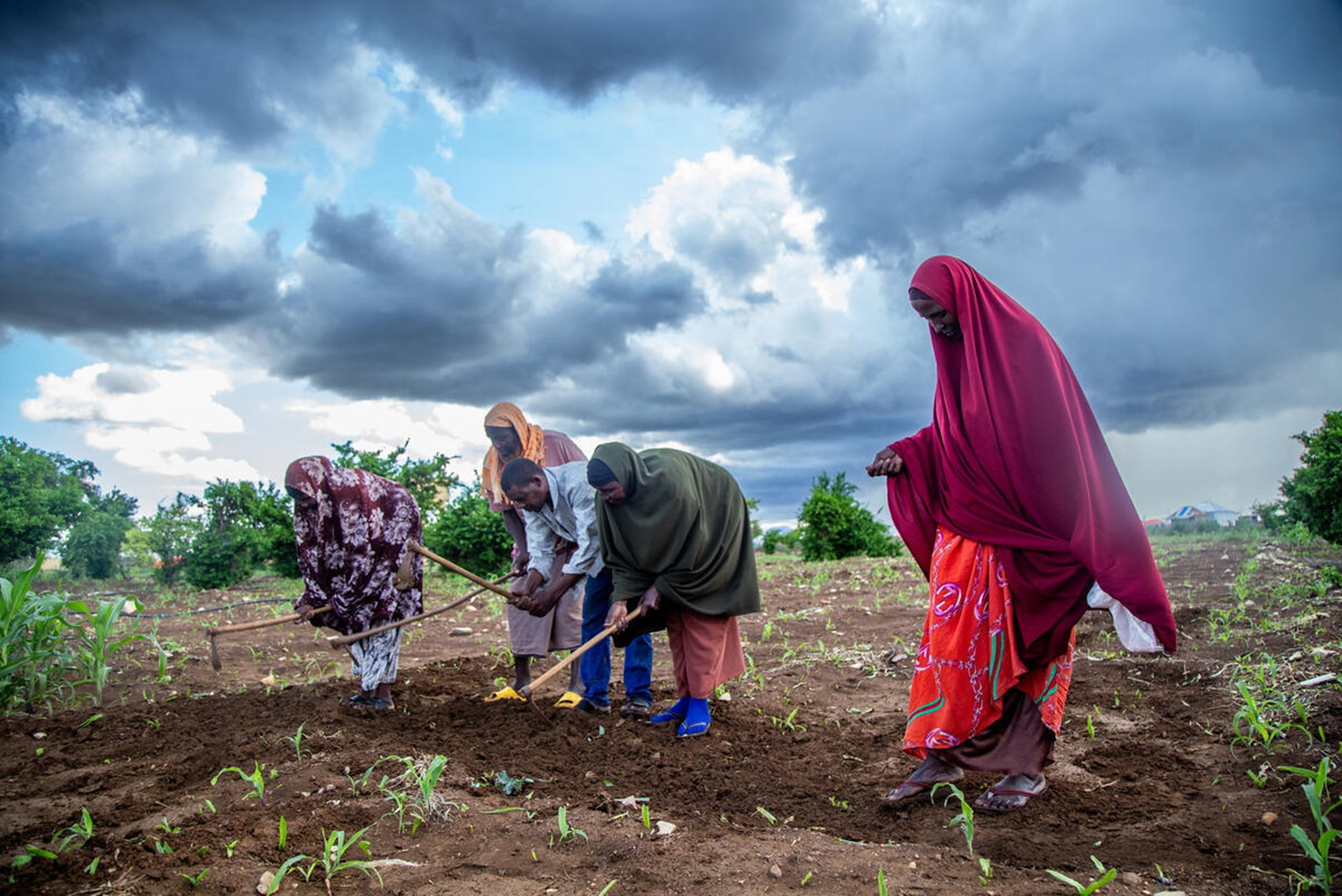
5. Hunger is sparking a generation of children with long-term developmental issues
Nutritious food is critical especially for pregnant women, says Terry Ferrari, World Vision’s regional leader in East Asia. But many vulnerable women in fragile communities are not getting the nutrition they need to bring a baby to full term.
This, in turn, affects a child’s long-term earning potential, and presents a particular problem across the Asia and Pacific regions which has countries with ageing populations.
"In the next 20 to 30 years, these countries will not have enough working adults able to support the ageing population," says Ferrari, "and on top of that a cohort of children born in the region who start at a deficit because they are malnourished. But these are the very children we expect to grow and support an ageing population."
6. Just when you thought the hunger crisis couldn’t get any worse . . .
It has. Again and again. At various points over the past several years, the hunger crisis seemed like it had peaked.
Climate change has taken its toll, with lands parched by drought or soaked by floods, leaving people struggling to produce enough food to merely subsist.
As many as 783 million people faced hunger in 2022 and nearly a third – 2.4 billion girls, boys, women, and men – did not have enough food to eat.
Njeri says the crisis is undoubtedly getting worse: “Many people who were not suffering hunger before COVID are now, with more people and countries becoming part of the crisis.”
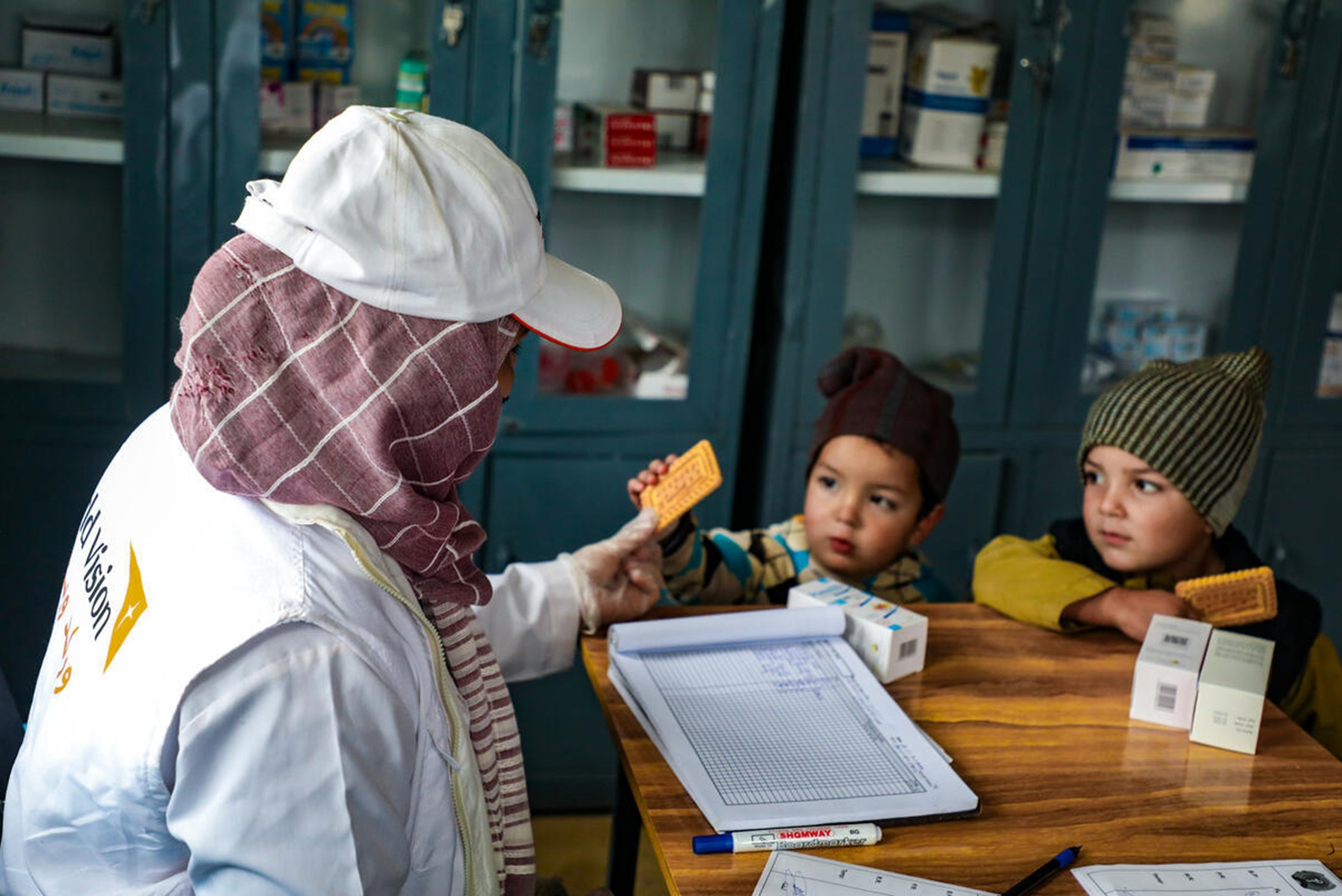
7. Hunger is gripping not just Africa and the Middle East
Terry Ferrari says that the Asia and Pacific regions have also been hit by the hunger crisis, but it receives less media attention because it is considered more of a slow-burning crisis.
Since COVID-19, millions of people in countries across East and South Asia and the Pacific have slipped back into poverty, with around 185 million people living on less than $US2.15 a day. Asia is home to the majority of people facing hunger – 402 million – 55% of the global number of undernourished people, while children in many countries suffer from stunting and wasting - the most severe forms of malnutrition.
World Vision's Global Hunger Response is responding to the staggering needs of millions of the most vulnerable people in 28 countries who are facing unprecedented levels of hunger, malnutrition, and other long-lasting health issues and harmful indirect impacts.
Micah Branaman is Communications Technical Director for World Vision's Global Hunger Response.
